The 25 Best Author Websites & How to Create Yours Easily
What’s one thing the most successful contemporary authors have in common? They all have a strong personal brand, communicated beautifully on their author website. Creating that might sound overwhelming, but in reality, it’s much easier than you think.
We’re here to help you get inspired with some of the best author websites out there and to lead you through the process of creating your own. We’ll answer some of the most common author website questions, covering content, performance, templates, and more.
CONTENTS
- The 25 best author websites
- Do authors need a website?
- What should an author put on their website?
- What boxes do the best author websites have to check?
- What’s the best author website template?
- How to create the best author website possible: a 4-step guide
The 25 best author websites: inspiring examples to help you get started

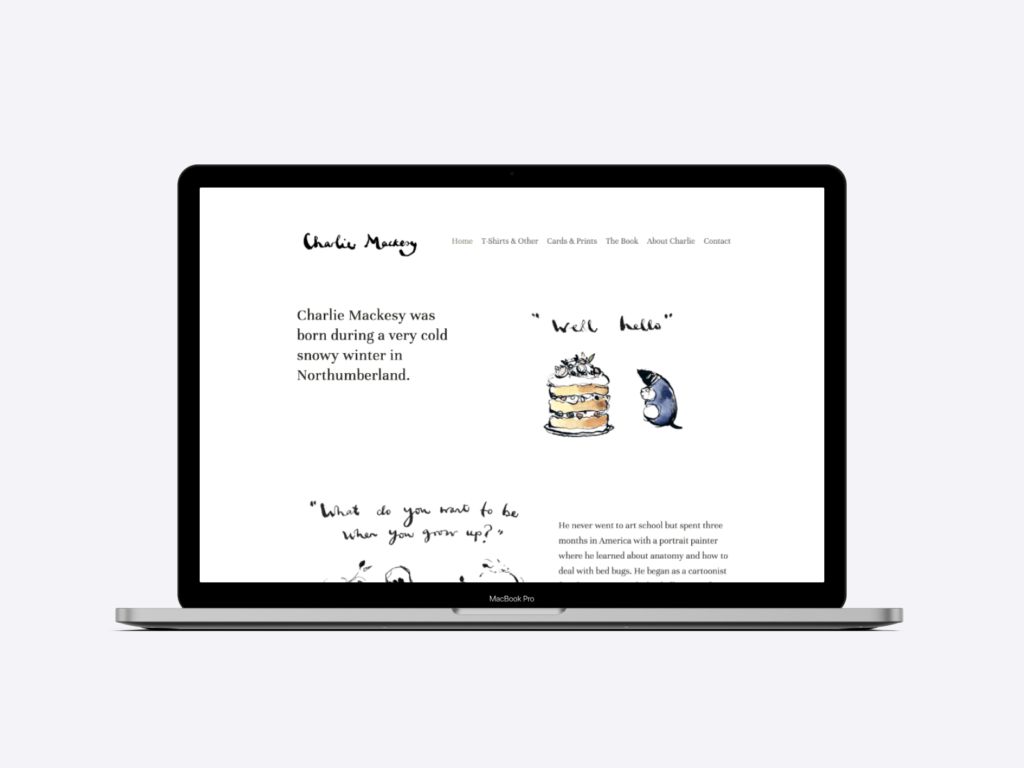

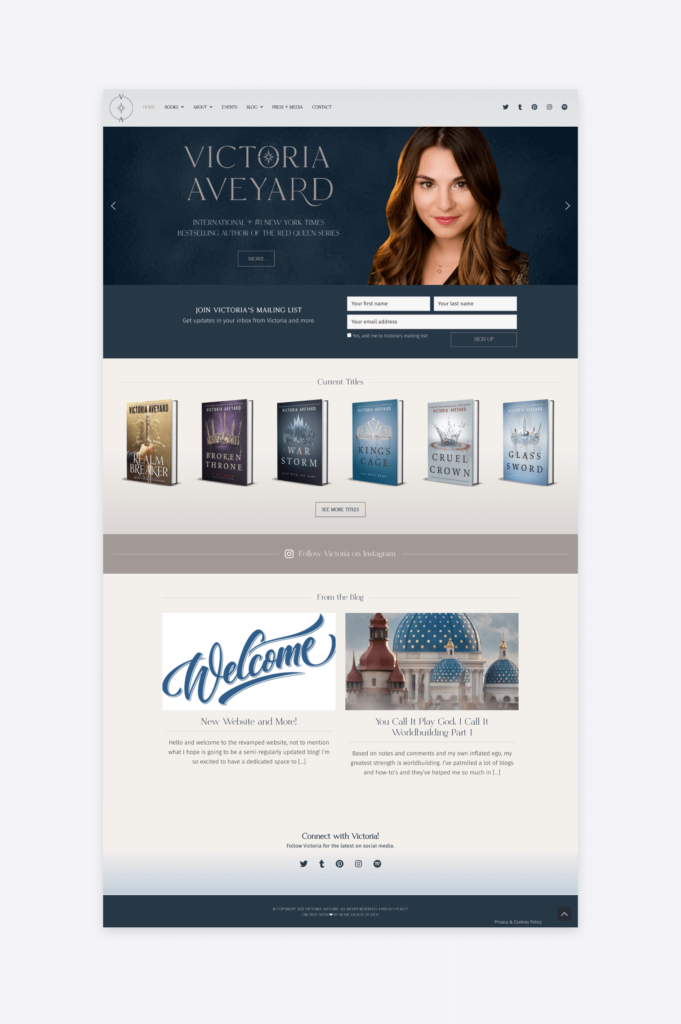

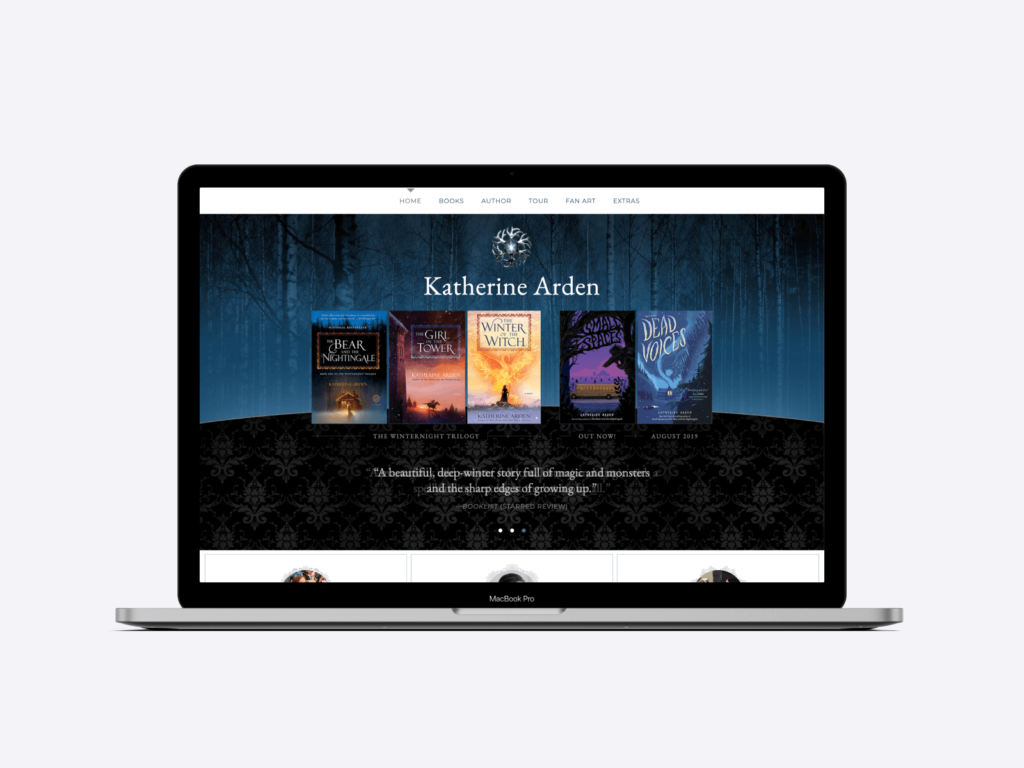
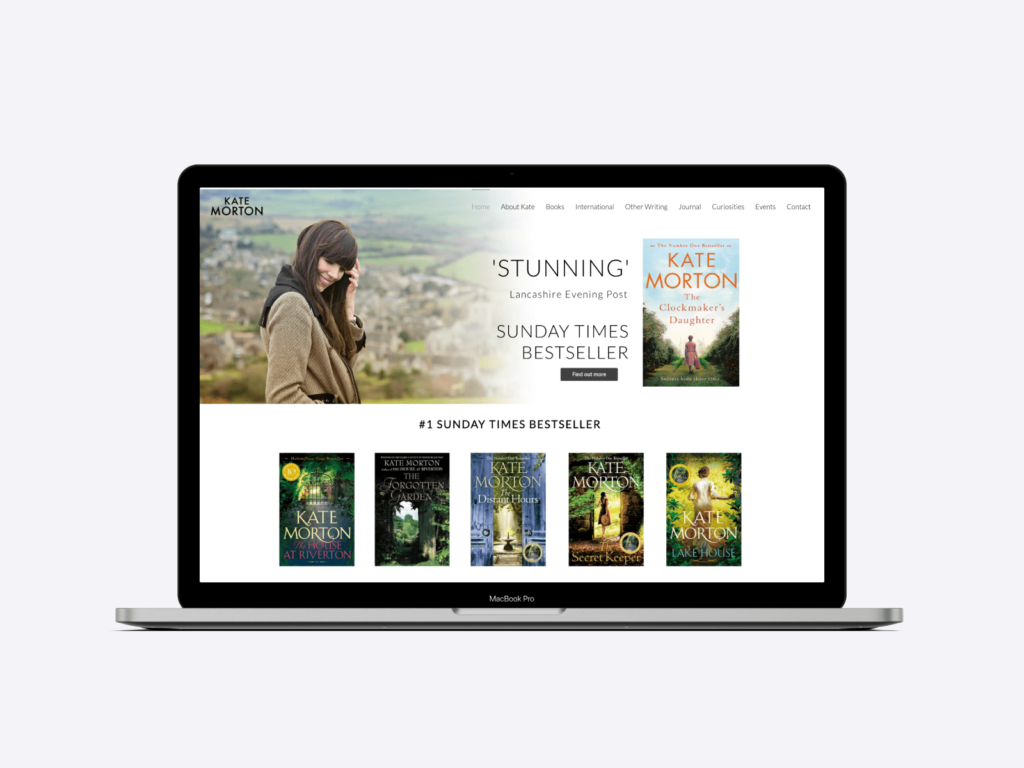
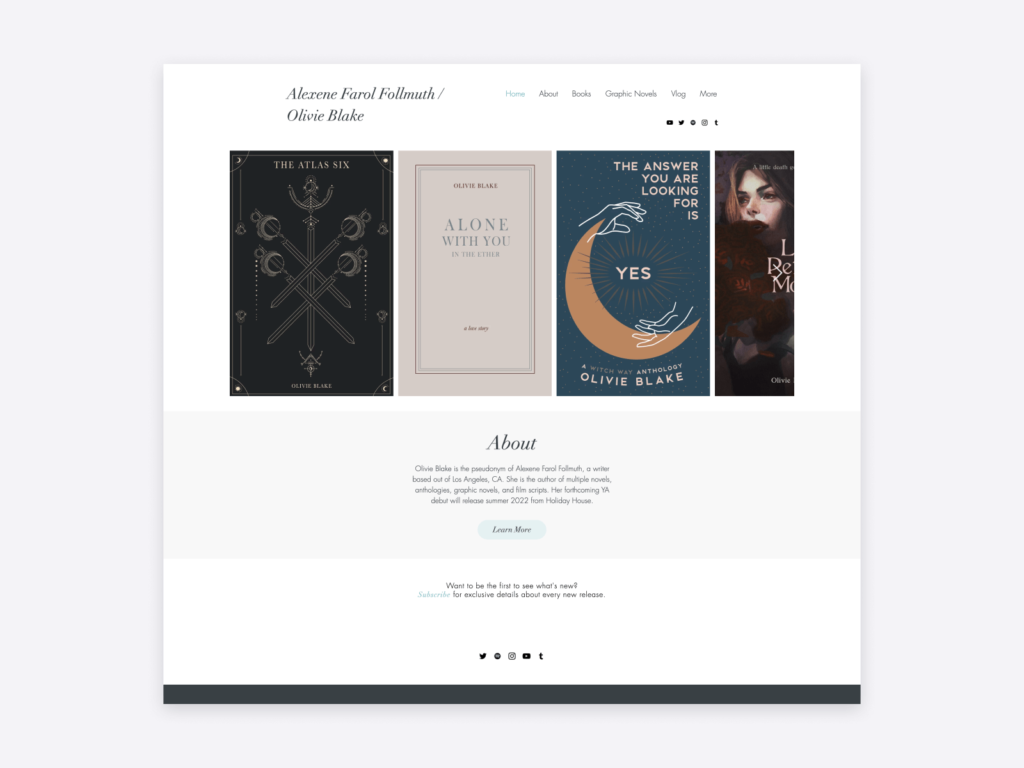
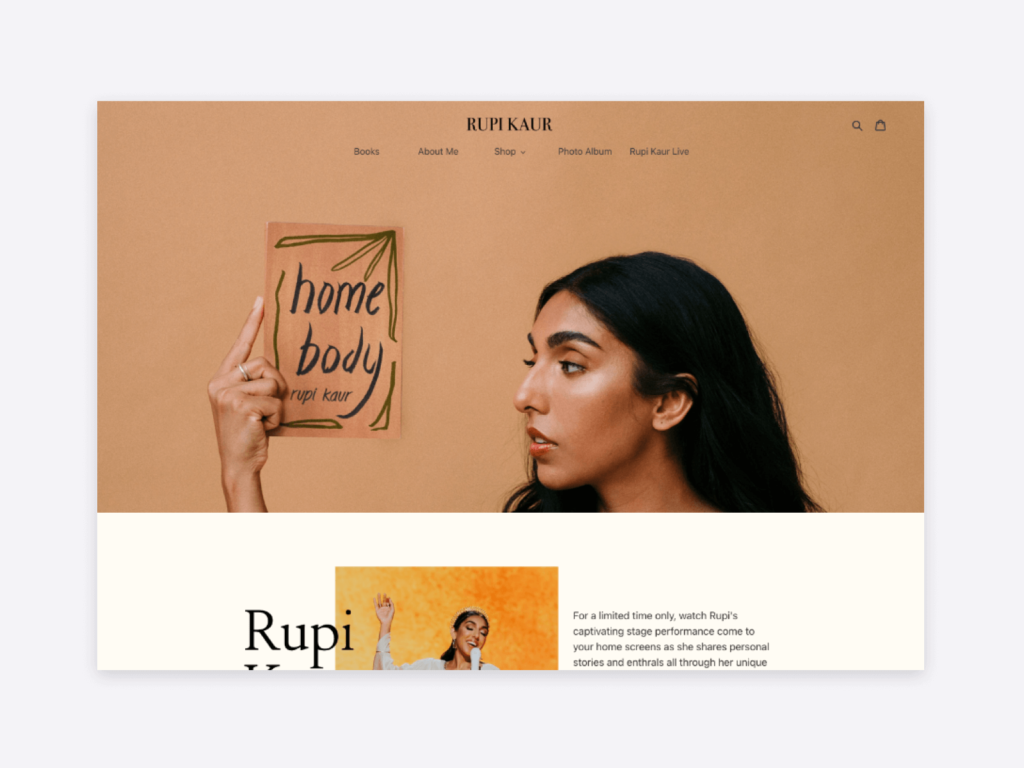
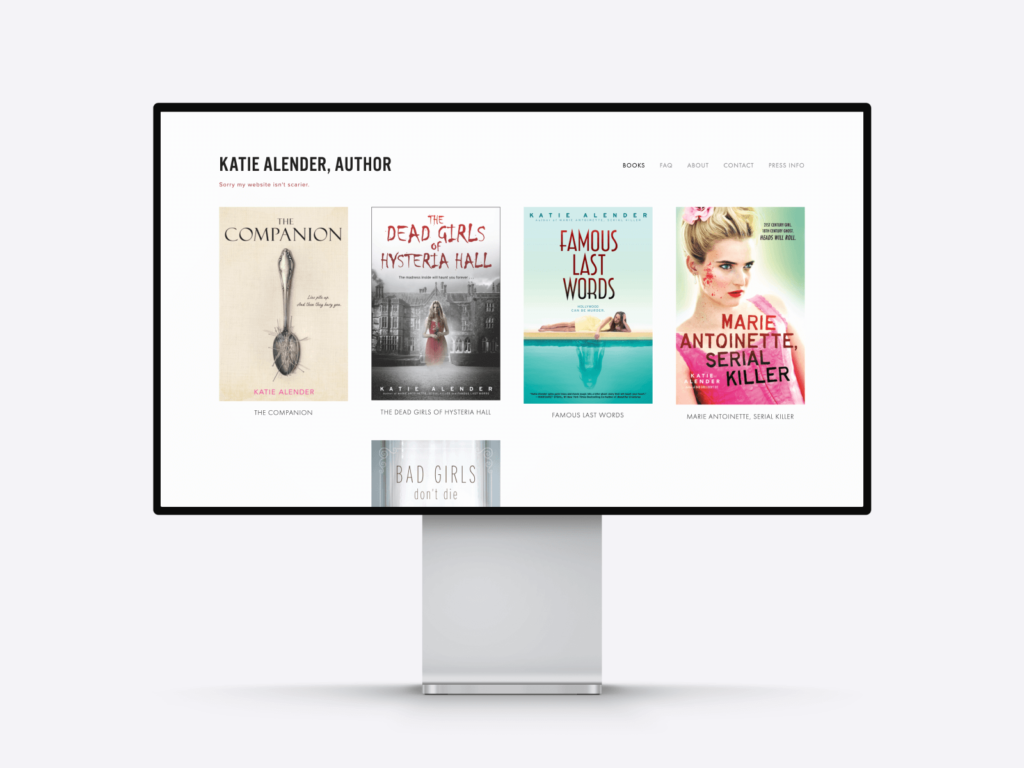
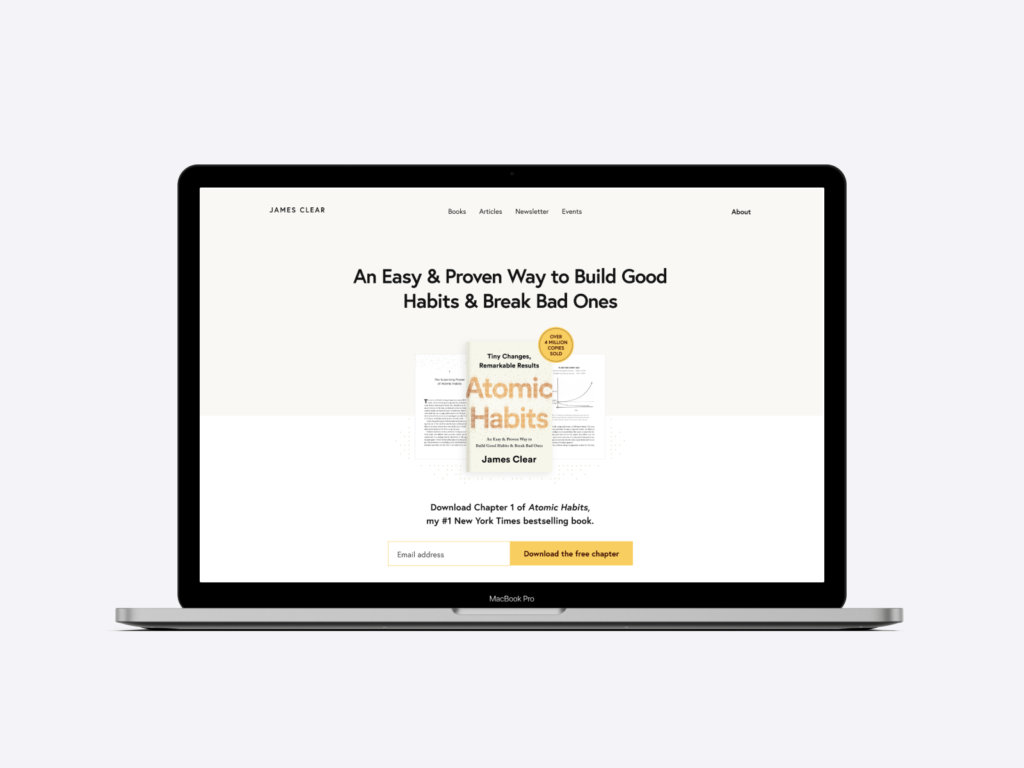
Hafsah Faizal — We Hunt The Flame


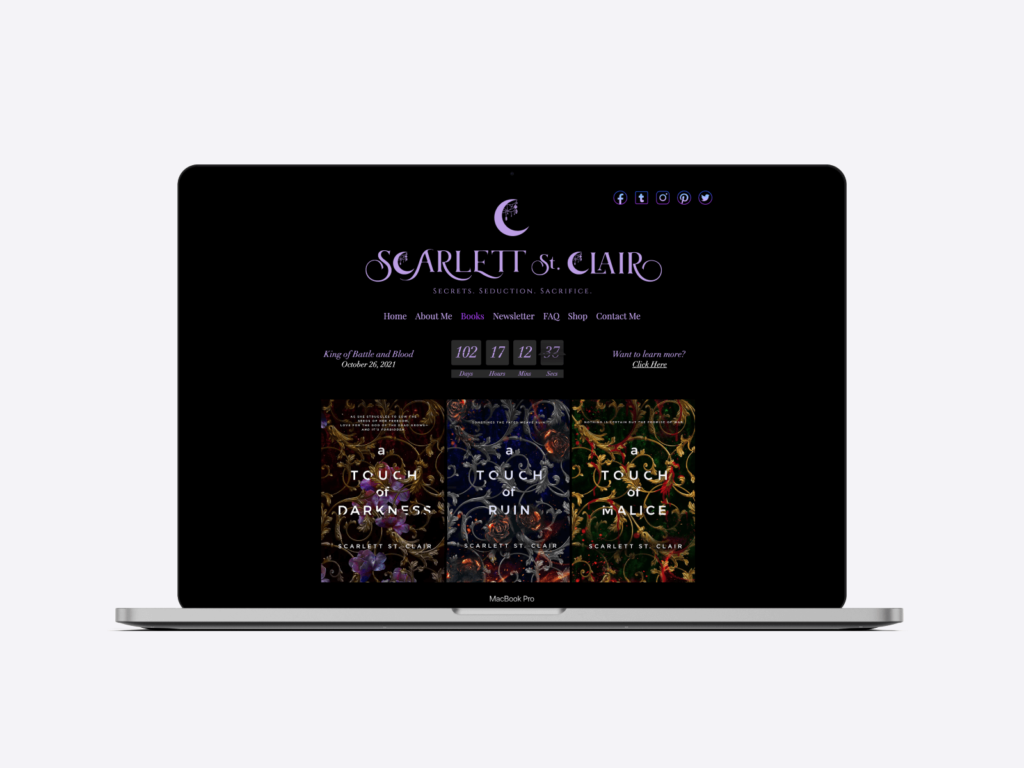


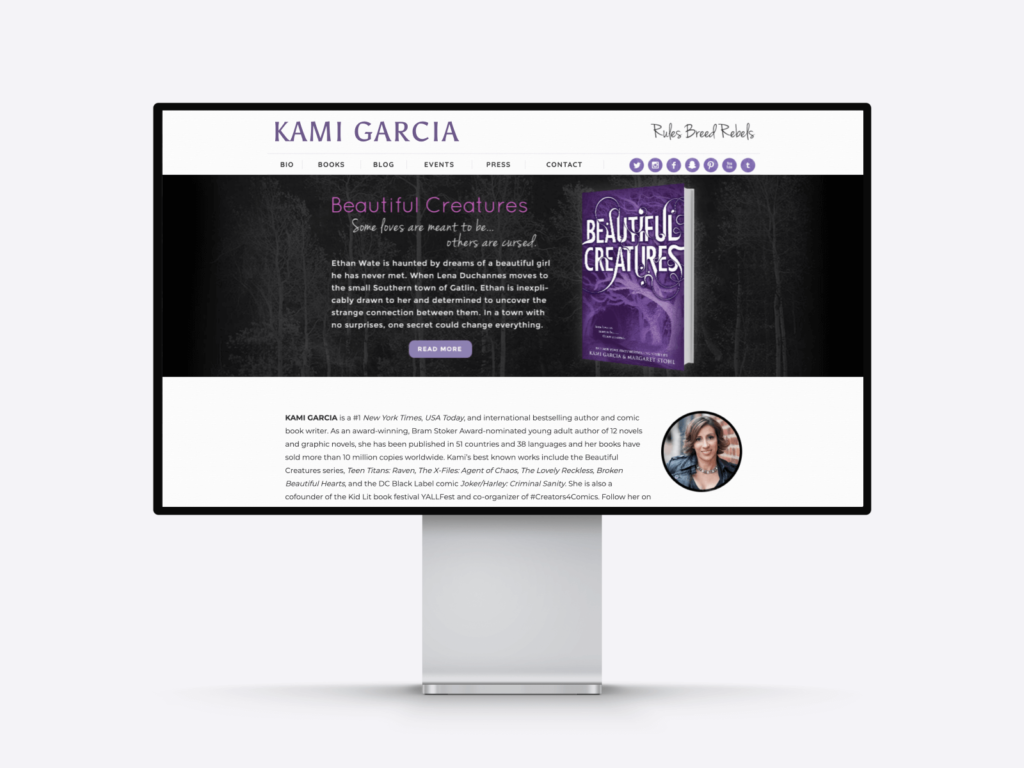
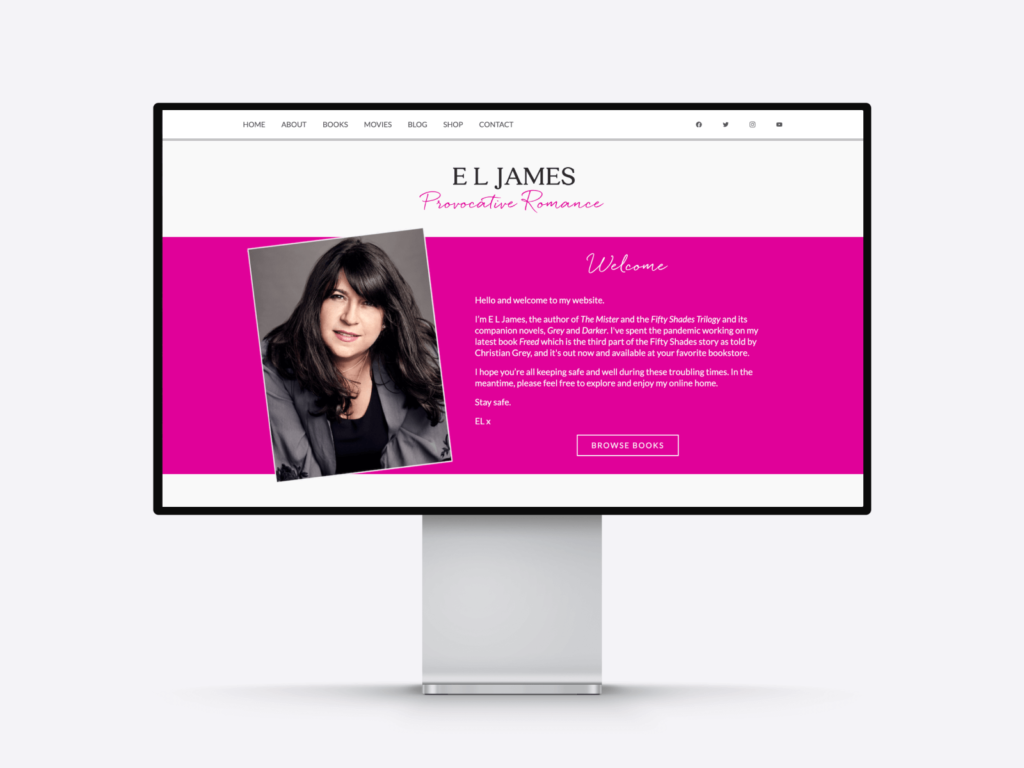
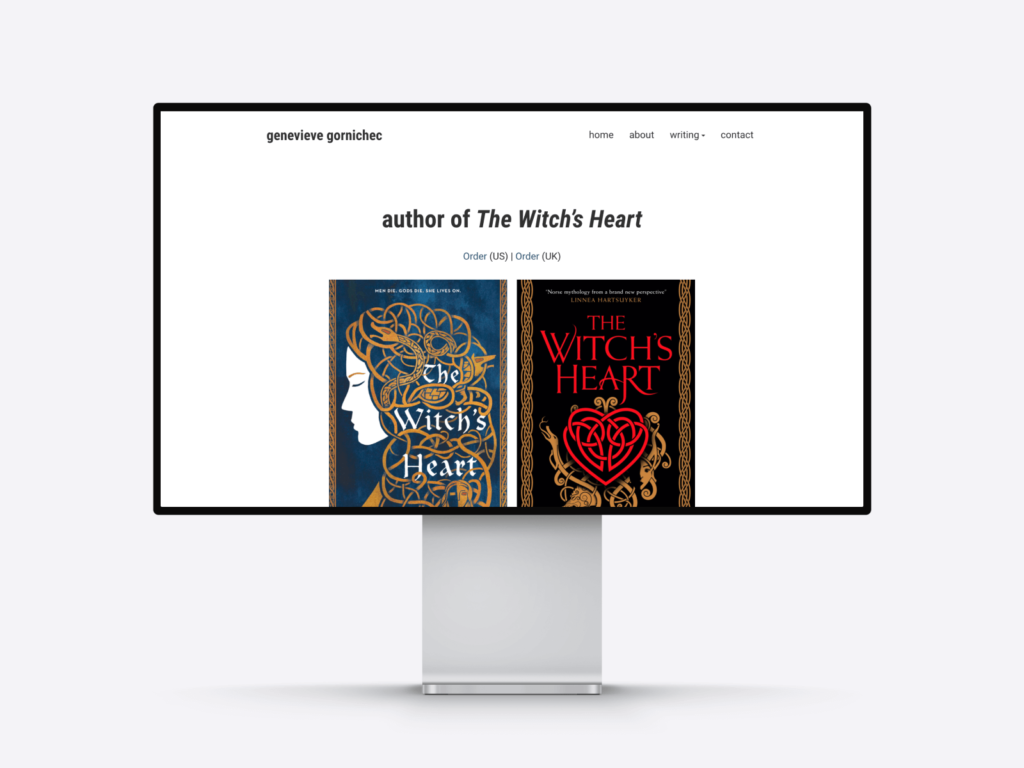
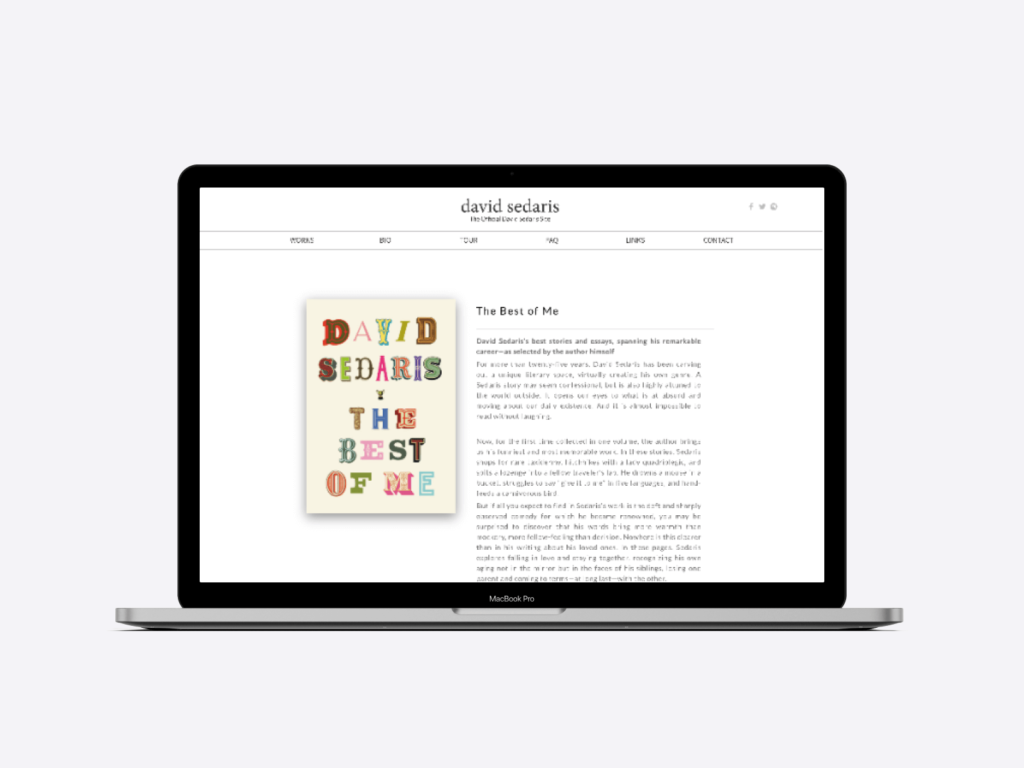

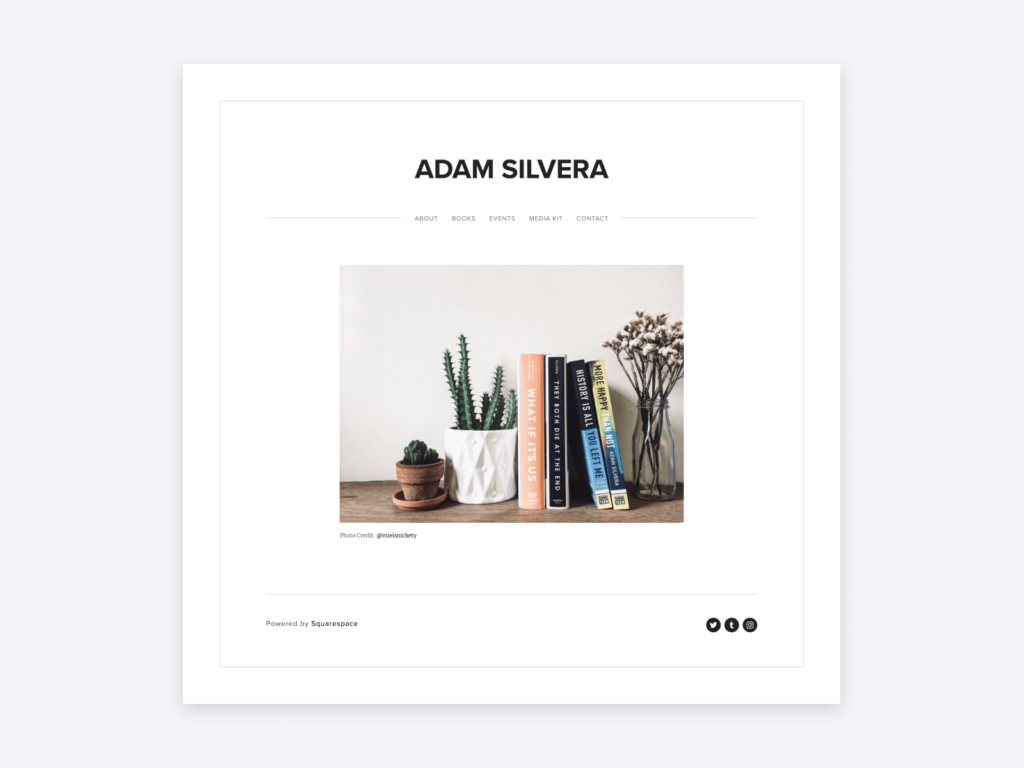
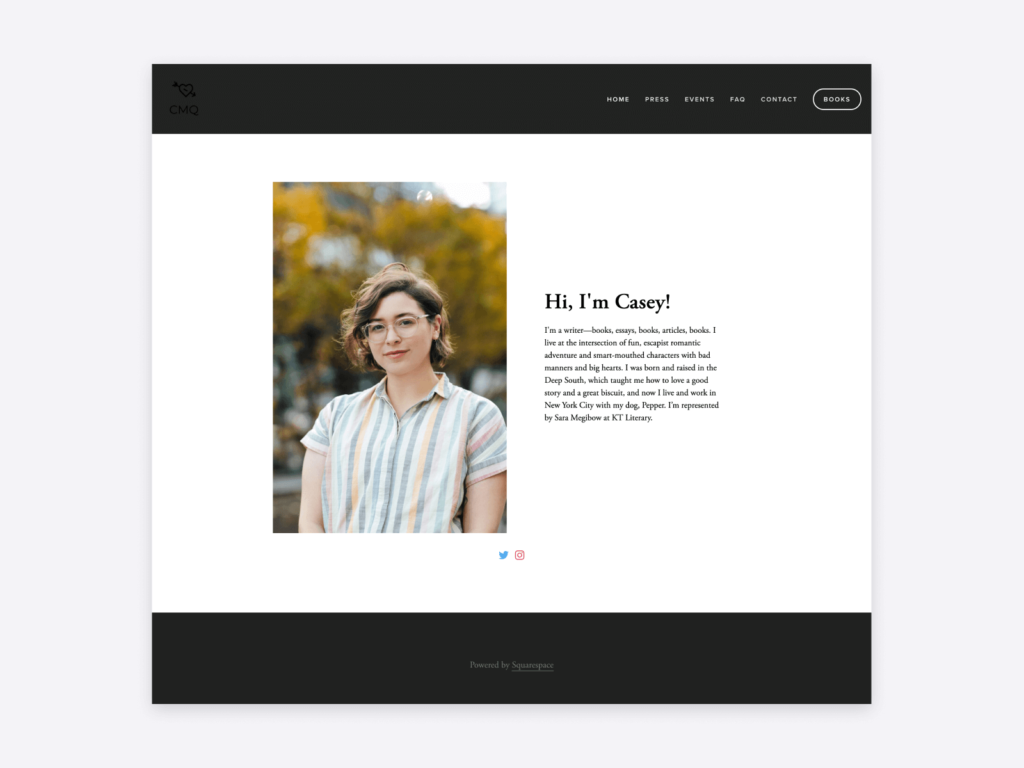
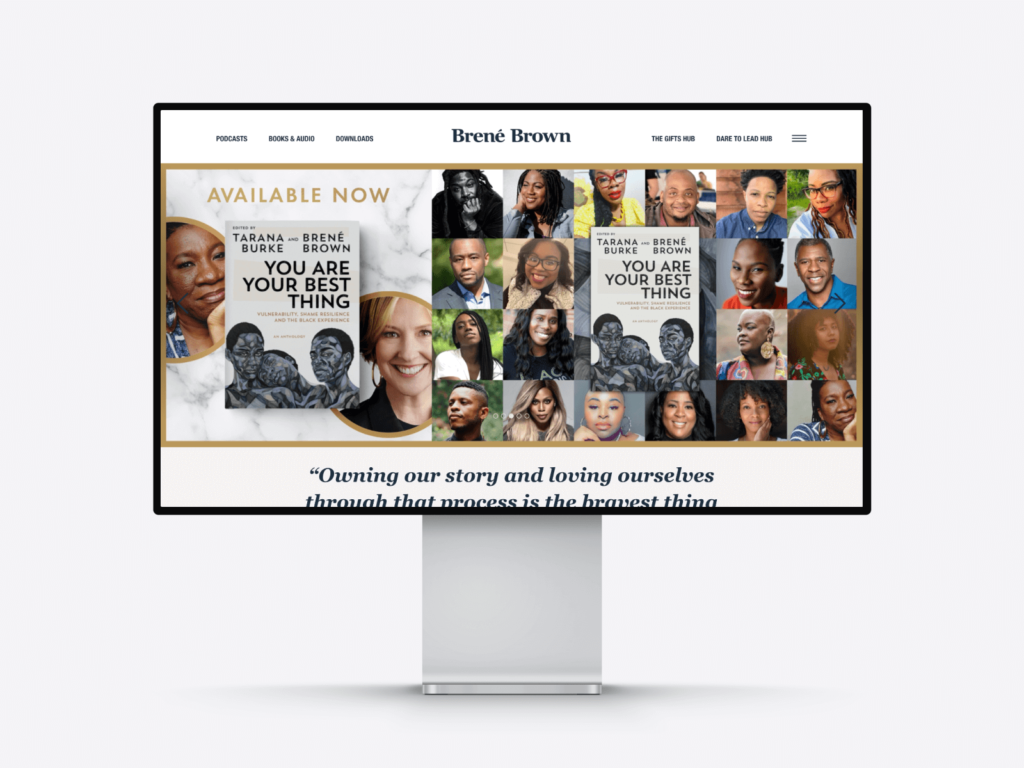

Q&A: all you can learn from the best author websites
Getting some inspiration from looking at some of the best author websites out there is a lovely start. But it can easily get a little overwhelming. You must have dozens of questions buzzing in your head right now, so before we get into the how-to of building a website, we’ll answer all of those first.
Do authors need a website?
Let’s start with the most obvious one: do you even need a website as an author? The answer is, without a doubt, yes. There are two main reasons why.
Book marketing
Firstly, having an author website is one of the most important parts of the book marketing process. And you gotta admit: while writing a book is fun, the end goal is to sell it —and for that, you’ll have to promote it.
One of the crucial platforms for that is your own website: where you can showcase all of your books, feature the raving reviews it’s got, share exclusive content, and last but not least: link to where people can buy it.
Your author brand
The other reason is that your author website plays a big part in building your author brand. Naturally, your brand is also linked with promoting and selling your books, as that connects them all. But what is that exactly?
Your author brand not only includes the genre and type of books you write but also your public personality, how you communicate with your readers, and the visuals of how your book covers, social media posts, and website look like.
What should an author put on a website?
Being on-brand and promoting your work is essential, got it. But what content do you actually need to put on your page to do that? What are the pieces that the best author websites cannot go without? Let’s take a look at that in a little more detail!
More about yourself
As your author website is about you and your work, people are here to learn more about you. So go one step further than the typical short author bio you add to the cover of a book.
You can include your full, extended author bio —but you can also go beyond that. So feel free to write more about yourself: how you became a writer, what your hobbies are, and what inspired you to write your books.
Your about me page is the perfect place for all those stories and information. We can guarantee that your readers will love reading it.
Don’t forget to include your social media links either! These days most authors are active on Instagram, and you’ll find a couple of them (like Victoria Aveyard or Colleen Hoover) even on TikTok.
All your books and writing projects you’re proud of
You’re the star of the show on your website, but your books come in as a close second. So featuring each of them on your page is a must.
The best practice is to add an image of each book (or if you have many, then the top 5) to your home page, which leads to a separate page for each when you click on them.
This way you won’t clutter up your home page with each book’s detailed information, but they’re still easy to find for those that are interested. Once you created the new page for a book, you don’t need to be shy about what you include there.
You definitely should include the title, cover image, and basic description of the book, but you can also add:
- Reviews you got from other authors
- Quotes from your readers online (e.g. on Goodreads)
- Links to articles in the media, written about the book
- If it’s a series, then links to the pages of the other books
- Fanart of your characters if it’s a fiction book
- Link to a playlist you created for the book (like these ones from Sarah J Maas)
- Additional, exclusive information readers can’t find anywhere else
And of course, don’t forget to add links to wherever people can buy or order the book from, accompanied by a call-to-action, telling them to click through and order!
A media kit and your contact information
It’s not just your readers that’ll come to visit your website. Journalists, media agencies, and even podcasters will be interested in reaching out and asking some questions. That means two things for you.
The first is that you should add a media kit. I could be on your contact page, or it can have a separate page as well, it doesn’t matter. What’s important is that you provide resources (information, quotes, and images) that people from different media outlets can use freely when they’re covering you.
This saves time both for them and you. They won’t have to write a message to ask for them and you won’t have to deal with a dozen additional emails to go through. It’s a win-win!
But of course, not all questions and requests can be answered by a media kit. And that’s when the second component comes in: your contact information. Whether that’s your phone number, email address, or a contact form, you should give the visitors of your author website a way to reach you.
If you’re an established author, and can’t deal with the hundreds of messages you might get, you can always add someone else’s info. That can be your personal assistant, literary agent, or your publishing house. Just make sure they can reach you somehow so that you don’t miss out on any big opportunities.
What boxes do the best author websites have to check?
Now that we’ve covered the content, let’s get on with the technicalities. It might not be that interesting, but it’s just as crucial in creating a great author website. Why?
Because all these little things affect the experience the visitors will have on your website. And if it’s making them frustrated or confused, they’re not going to stick around. They’ll click away and leave before they could explore your books or read about what inspired you to write them.
Loading speed – how fast is your author website?
This metric is not only important for Google (the faster your site is, the better chance it’ll have to show up high in Google), but for the people visiting your site as well.
Because the first thing people will notice is how fast your website loads. If it’s slow and takes ages, they might close it before they could even see the first glimpse. So make sure to give your visitors a good experience and make a website that’s lightning fast.
How? Choose a writer website builder that guarantees the speed.
Easy to find pages & a simple navigation
You can have the most intricate design and insanely well-written pages, but what’s the point if nobody can find them?
To make sure that doesn’t happen, all you have to do is ensure your site has a very straightforward navigation. This can be on the top or side of your page, guiding you to your most important pages: back to the home page, or on to the about or contact pages.
Leaving your home page clutter-free and only displaying the most important things there will also help your cause. Those extra pages exist for a reason: to give you space to elaborate there.
Your home page is supposed to be more of a hub. We recommend that you have the following on it and not much more:
- A short tagline, summarizing who you are and what you do (Jane Doe, New York Times bestselling author of the Ghost of the Wildflower series)
- A portrait picture of yourself
- Your top books —ideally with clickable images of them
- A call-to-action telling your visitors what you want them to do next
What’s the best author website template?
The easiest way to make all that happen is using an author website template. But with all the choices out there, how do you decide which one is the best that you can have?
While some parts of that decision will be based on your personal preferences, we’d still like to give you some pointers for what to look for when choosing a template.
Easy to set up
Setting up your author website with the help of a template is step 0 before you could really get started. And since you want to spend your time filling your site with content and writing about your books, this step before that should be as quick and effortless as possible.
The best author website templates give you an easy and straightforward process to follow:
- Create an account
- Choose the look and feel you like
- Add your content
Choosing a website builder like Copyfolio, which sets up the starter pages (home, about me & contact) for you automatically, will make website building ten times faster and more enjoyable.
Automatically responsive
It’s almost a cliché to write this by now, but we’re browsing on our phones more than ever. And the strain on your eyes and the popularity of all those social media platforms are not the only consequences of that, which affect you.
It also means that if you want to create a great author website, it has to adapt and look perfect on mobile devices as well. That’s called being responsive.
Whether making that happen is a long and frustrating process or no more than an afterthought depends on the website builder and template you decide to go with. With some, you need to make individual changes to each page and element and double-check if they’ll look good on mobile. At the same time with other builders like Copyfolio, it all happens automatically. All you have to do is enjoy the results.
Helps you with the design and the visuals
Even if you’re confident in using design software to create visuals and perfect color palettes, saving time on those tasks is always valuable. Especially in the busy life of an author. So choosing an author website builder and template that takes that task off your shoulders will definitely pay off down the line. So look for features like:
- Global design settings, with which you can change the look (e.g. colors or fonts) of your whole site with just one click
- Automatically set paddings (a.k.a. The distance between the different sections and elements), as setting that for each image and text box can be a nightmare
- The option to create visuals inside the website builder, so you don’t have to download and learn any other software to make stunning and professional looking images
A great example for the last point is the mockup option in Copyfolio. Just upload a picture and add it into a mockup frame with just one click. It could be a laptop, smartphone, or magazine —or even a billboard or TV!
Okay, okay, but what’s the answer to the question then?
Which one is the best template for authors?
Different things work for different people, and that’s the same for authors and website templates as well. Preferences vary, but we’d still like to make a recommendation that checks all the boxes that we listed above.
Our choice for the best author website template is the Letterpress template in Copyfolio.
How to create the best author website possible: a 4-step guide
There’s one big question left. How do you actually do this? How can you create the best author website possible, even if you’ve never done this before? Let’s go over it step-by-step.
1. Get the technicalities done and setup your site
Whichever platform you decide to go with, you’ll have to set it up so you can get to work.
In Copyfolio that means signing up (with Google, Facebook or email) and choosing a template you like. Once you click on the template, we’ll have the whole site set up for you in a few seconds. You’ll have your most important pages, an automatically generated, customized tagline, and some pre-filled sections to give you ideas on what to write.
2. Personalize your home page
This is where everybody will land, so you need to make sure your home page is finished before you move on to other parts of your website. Don’t worry though, it doesn’t need a ton of things. The most important ones are…
- Your name to be displayed
- A short tagline telling everyone who you are
- A navigation bar or menu with the other important pages
- A photo of yourself to help build a better connection with your audience
On Copyfolio, the first three will automatically be done for you. All you have to do is upload your photo —and you can rewrite the tagline to make it more specific if you want.
3. Create pages for your books
Earlier in this post we already talked about featuring your top books and creating separate pages for them, and that’s going to be your next step.
The most important part of it is that they should be found easily: it’s best if you feature them on your home page. It could be with a clickable thumbnail image or just a link, but make sure people can discover them easily.
If you’re building your author website in Copyfolio, you can add a project page for each book. We’ll automatically add a thumbnail to your home that’ll lead to the page of the book. There you can add any pictures and text you’d like, following our tips from above.
4. Fill out your about me and contact pages
Once you’re done with your home page and the books, all that’s left to do is your about me and contact pages. Again, you’ll find some tips for both of them above. These two are important pages —but not nearly as important as the ones we’ve mentioned just before them. So try to focus more of your time there and don’t worry too much about these ones.
Create a great author website easily with Copyfolio
Following these 4 easy steps is all takes to create your very own author website. We believe that it shouldn’t be an overwhelming and frustrating task, but a fun and easy process, where you end up with a site you’re proud of.
So take Copyfolio for a spin, get started for free today and build your author website effortlessly!






